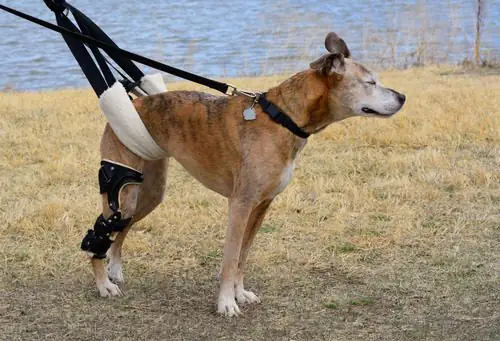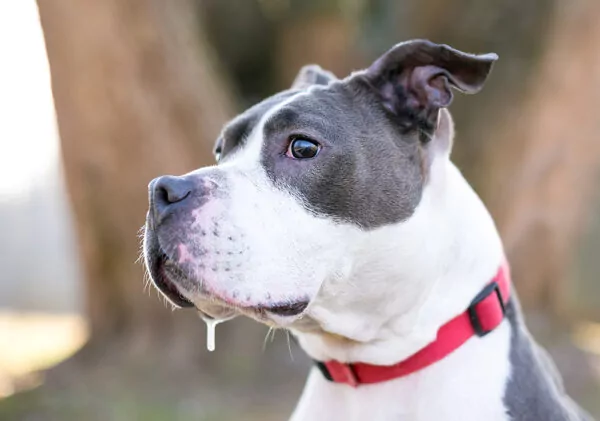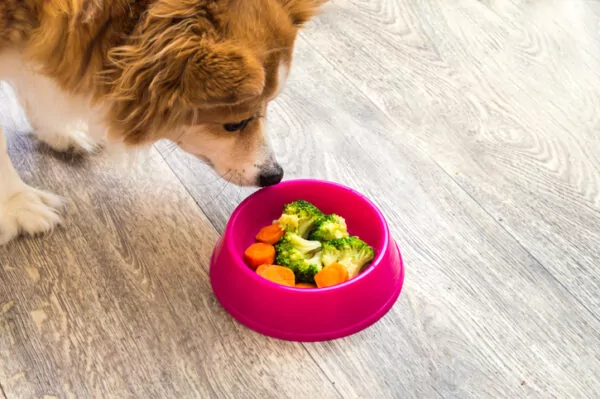
When it comes to the health of our canine companions, understanding common injuries and their treatments is essential. One of the most prevalent injuries in dogs is an ACL tear, also known as a cranial cruciate injury. This blog will cover the symptoms of dog ACL tears, the treatment options available, and what to expect during recovery. If you suspect your dog has suffered from an ACL tear, contact Animal Ark Animal Hospital in Franklin, Tennessee, at (615) 778-0880 for professional veterinary care.
Understanding Dog ACL Tears
An ACL tear in dogs, referred to as a cranial cruciate injury, is a common orthopedic problem. The anterior cruciate ligament (ACL), or cranial cruciate ligament (CCL) in veterinary terms, is crucial for stabilizing the knee joint. When this ligament tears, it can lead to significant pain and mobility issues for your dog.
What is an ACL Tear?
An ACL tear occurs when the cranial cruciate ligament is either partially or completely ruptured. This ligament connects the femur (thigh bone) to the tibia (shin bone) and plays a vital role in maintaining knee stability. Without a functional ACL, your dog’s knee becomes unstable, leading to pain and difficulty in walking.
Causes of Cranial Cruciate Injuries
Cranial cruciate injuries can result from various factors, including:
- Trauma: Sudden twisting motions or direct trauma to the knee can cause the ligament to tear.
- Degenerative Changes: Over time, the ACL may weaken due to age or genetic predisposition, making it more susceptible to injury.
- Obesity: Excess weight puts additional strain on the knee joint, increasing the risk of a tear.
- Breed Predisposition: Certain breeds, such as Labrador Retrievers, Rottweilers, and Newfoundlands, are more prone to ACL tears.
Symptoms of Dog ACL Tears
Recognizing the symptoms of an ACL tear in dogs is crucial for early diagnosis and treatment. Here are the most common signs:
Limping and Lameness
One of the first indicators of an ACL tear is limping or lameness in the affected leg. Your dog may avoid putting weight on the leg or may exhibit an abnormal gait.
Swelling and Inflammation
Swelling around the knee joint is a common symptom of an ACL tear. The area may feel warm to the touch, and your dog may react to pressure due to pain.
Difficulty Rising and Sitting
Dogs with an ACL tear often struggle to rise from a lying position or sit down comfortably. You may notice your dog favoring one leg while trying to get up or down.
Decreased Activity Levels
A dog with an ACL tear may become less active, avoiding running, jumping, or playing. This change in behavior is usually due to the pain and discomfort caused by the injury.
Diagnosing Cranial Cruciate Injuries
If you suspect your dog has an ACL tear, it’s essential to seek veterinary care promptly. At Animal Ark Animal Hospital, our veterinarians use various diagnostic methods to confirm the injury.
Physical Examination
During a physical examination, the veterinarian will assess your dog’s knee for signs of instability, swelling, and pain. They may perform specific maneuvers to test the integrity of the ACL.
Imaging Techniques
Imaging techniques such as X-rays or ultrasound can help visualize the extent of the injury and rule out other potential causes of lameness. These images provide a clear view of the knee joint and surrounding structures.
Treatment Options for Dog ACL Tears
Treatment for cranial cruciate injuries varies based on the severity of the tear and your dog’s overall health. The primary goal is to restore knee stability and alleviate pain.
Surgical Interventions
Surgery is often recommended for dogs with ACL tears to repair the ligament and stabilize the knee joint. There are several surgical options available:
- Tibial Plateau Leveling Osteotomy (TPLO): TPLO is a common surgical procedure that alters the dynamics of the knee joint, allowing for stabilization without relying on the damaged ACL. This surgery involves cutting and rotating the tibial plateau to achieve a more stable angle.
- Lateral Suture Technique: The lateral suture technique involves placing a synthetic suture material outside the joint to mimic the function of the ACL. This method is less invasive and can be effective for smaller dogs or partial tears.
- Tibial Tuberosity Advancement (TTA): TTA is another surgical option that changes the mechanics of the knee joint to provide stability. This procedure involves cutting the tibial tuberosity and advancing it forward to shift the forces in the knee.
Non-Surgical Management
In some cases, non-surgical management may be appropriate, especially for smaller dogs or those with partial tears. This approach focuses on pain management and rehabilitation.
Physical Therapy
Physical therapy can help strengthen the muscles around the knee, improve mobility, and reduce pain. Exercises tailored to your dog’s needs will be part of the treatment plan.
Weight Management
Maintaining a healthy weight is crucial for dogs with ACL tears. Reducing excess weight decreases the strain on the knee joint, promoting healing and preventing further injury.
Post-Surgical Recovery and Rehabilitation
Recovery from ACL surgery requires careful management and rehabilitation to ensure the best outcome for your dog. Here are some key aspects of the recovery process:
Rest and Restricted Activity
Immediately after surgery, your dog will need a period of rest and restricted activity to allow the knee to heal. This typically involves limiting movement and preventing jumping or running.
Follow-Up Veterinary Visits
Regular follow-up visits with your veterinarian are essential to monitor the healing process and make any necessary adjustments to the treatment plan.
Gradual Return to Activity
As your dog heals, a gradual return to activity will be necessary. Your veterinarian will provide guidelines on when and how to reintroduce exercise and play.
Preventing Future ACL Injuries
Preventing future ACL injuries is an important aspect of your dog’s long-term health. Here are some preventive measures to consider:
- Regular Exercise: Regular, controlled exercise helps maintain muscle strength and joint flexibility. Avoid sudden, high-impact activities that could strain the knees.
- Weight Management: Keeping your dog at a healthy weight reduces the risk of joint injuries. Consult with your veterinarian for dietary recommendations and weight management strategies.
- Joint Supplements: Joint supplements containing glucosamine and chondroitin can support joint health and potentially reduce the risk of degenerative changes.
When to Contact Animal Ark Animal Hospital
If you notice any signs of a cranial cruciate injury in your dog, it’s essential to seek veterinary care promptly. Early diagnosis and treatment can improve your dog’s quality of life and prevent further complications. Contact Animal Ark Animal Hospital in Franklin, Tennessee, at (615) 778-0880 to schedule an appointment. Understanding the symptoms and treatment options for dog ACL tears is vital for ensuring your pet’s well-being. By staying informed and seeking timely veterinary care, you can help your dog recover and enjoy a healthy, active life.
Recent Posts
Why is My Dog Drooling? Uncovering the Reasons Behind Excessive Salivation in Dogs
Understanding Canine Salivation Every dog owner has had to deal with a bit of drool…
Why are dogs scared of thunderstorms in Franklin, TN?
Have you ever noticed your dog becoming anxious, panicked, or acting unusual when a thunderstorm…
6 Vegetables Safe for Dogs to Eat
Have you ever wondered which vegetables are safe for your dog? Is it safe to…
About Us
Animal Ark Animal Hospital offers exceptional, quality pet care with a highly skilled and compassionate staff who understands what a pet means to you and your family.



